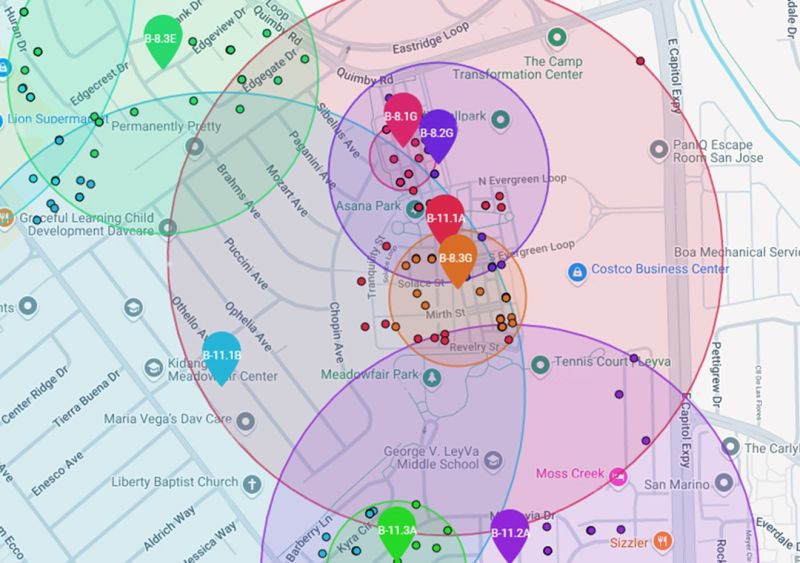Why Does Amazon’s Delivery Mode Involve Multiple Round-Trips?
6 Oct, 2025
When I was a delivery driver for Amazon Prime, the worst experience I had was going to the same address three times in one day because the family's packages were loaded into different totes. This common issue, where nearby addresses are revisited, highlights a flaw in Amazon’s delivery mode.
Without dedicated research and analysis of drivers' wasted time and efficiency issues, drivers and DSP owners are likely to overlook these roundtrips as if they never happened. Several DSP owners I have met rarely admit that 50% of delivery time is wasted finding the right packages. Due to fixed mindsets and learned helplessness, they never attribute multiple roundtrips, opening and folding totes, or organizing packages as the primary causes of time wasted locating the right packages. They also assume that frequently using their work phones is just part of the job.
While analyzing drivers' operations and their time management, I was surprised to find one clever driver who completely ignored the training guideline of delivering one tote at a time. He disregarded totes altogether and didn't utilize Amazon's route optimization or navigation tools. Instead, he checked his phone, planned his own routes, and delivered all the packages together, which eliminated the need for round-trips. Although he searched through different totes each time, which noticeably lengthened his search, when our team from GHE Solution asked the DSP owner about this driver's performance, she said he was no slower than the others.
Our analysis and real-world observations show that Amazon's tote system does not improve delivery efficiency. This is because of its physical constraints and the high costs associated with frequent tote damage, which outweigh any potential benefits the tote bags may offer. Totes simply help make the job cleaner and less physically demanding. Amazon’s claim of a more efficient delivery method is inaccurate.


